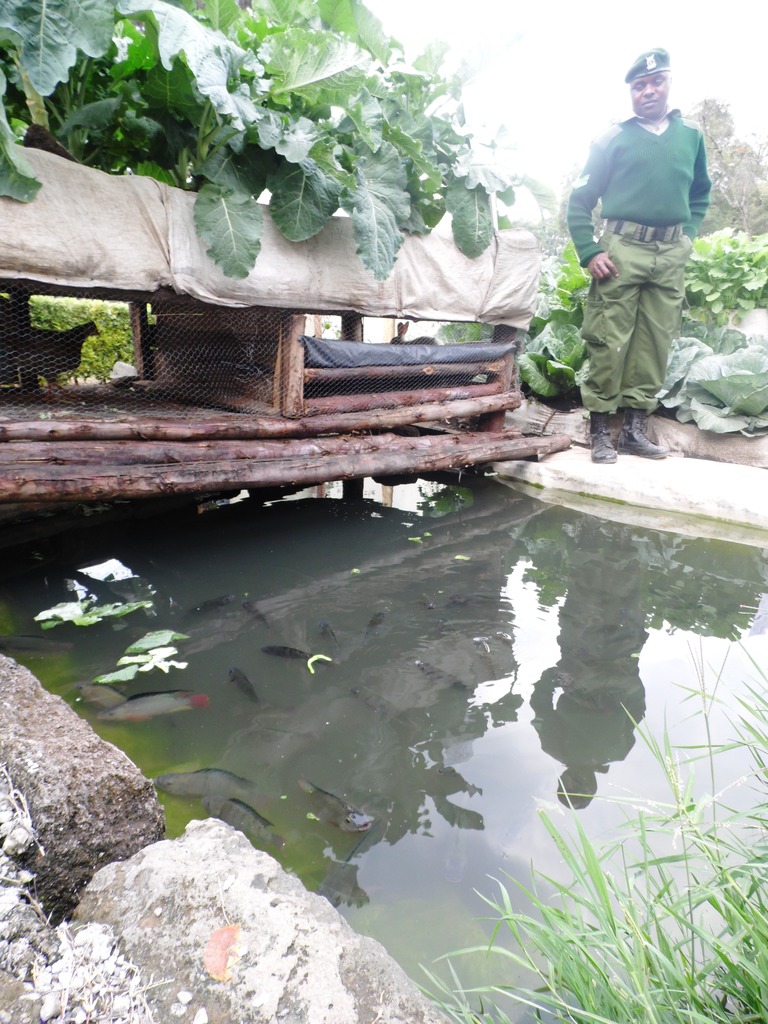.jpg)
International Centre for Insect Physiology and Ecology (ICIPE) headquarters at Duduville Campus. ICIPE to provide bee health expertise internationally too.
The International Centre for Insect Physiology and Ecology (ICIPE) has been selected as a Collaborating Centre for Bee Health in Africa by World Organization for Animal Health. ICIPE will function as a world center for research, expertise, standardization of techniques and dissemination of knowledge.
Through the new collaborative center, ICIPE will promote effective bee health management through the implementation of World Organization for Animal Health international standards in collaboration with other bodies responsible for management of bee diseases. Bees play a crucial role in health and food security due to their pollination activity.
This designation is significant as it formally recognises ICIPE’s role as a hub of bee health expertise in Africa and globally. Over the past decade, the Centre has been implementing a range of initiatives in this area, primarily through the establishment of the African Reference Laboratory for Bee Health headquartered in Nairobi, Kenya, with satellite stations in Burkina Faso, Cameroon, Ethiopia and Liberia, and a training site in Madagascar.
READ ALSO: New icipe facility to offer cheaper fruit-fly pesticide
READ ALSO: ICIPE seeks to tame bee diseases with training
READ ALSO: Internet ends bees varroa virus pest
This state-of-the-art facility, a partnership with the African Union Inter-African Bureau for Animal Resources (AU-IBAR) provides a platform for monitoring and preventing bee diseases and pests in Africa, with the financial support of the European Union and ICIPE’s core donors. We believe the recognition of icipe as an OIE Collaborating Centre for Bee Health in Africa will elevate our continent-wide basis and mandate, and provide further confidence for stakeholders in Africa to collaborate with us,” noted icipe Director General, Dr Segenet Kelemu.
Dr Kelemu added: “ICIPE will also be expected to provide bee health expertise internationally. It is our belief that we will be able to extend and strengthen our collaborations to many of OIE’s 181 Member countries, reinforcing our knowledge generation, exchange and dissemination towards global sustainability of bees,” Dr Kelemu added.
“This recognition by OIE re-energises our commitment to bee health research. Bees are one of the most important insects to mankind. In Africa, as ICIPE has shown over the past several decades, honeybees are extremely critical in improving the lives of millions of people, especially those living in marginalised areas. For such communities, beekeeping often provides one of the few viable livelihood options. Beyond this, bees provide a critical, though often unrecognised and undervalued free service, through the pollination of many food and non-food crops. Indeed, more than 70% of the production of the world’s major crops relies on bee pollination. Bees also pollinate grasses and forage plants, therefore contributing indirectly to meat and milk production.” ICIPE Director of Research and Partnerships, Dr Sunday Ekesi observed.
ICIPE’s mission is to help alleviate poverty, ensure food security, and improve the overall health status of peoples of the tropics, by developing and extending management tools and strategies for harmful and useful arthropods, while preserving the natural resource base through research and capacity building.
Write comment (0 Comments)

















